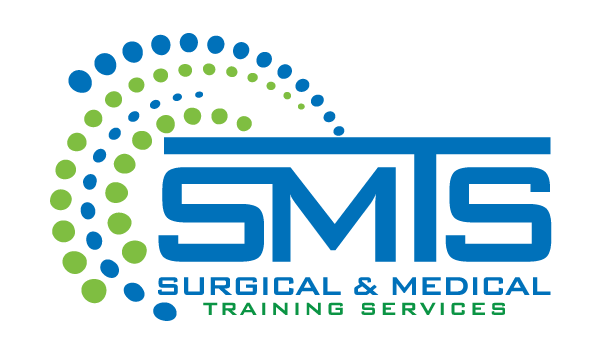The da Vinci robotic surgical platform was first introduced to medicine in 2000. At that time, the robotic device was approved for the performance of laparoscopic surgeries. Now, nearly two decades later, we see the use of robotics used far more expansively than ever before. A large percentage of the minimally-invasive surgical procedures that are performed today involve either the da Vinci or another robotic platform. Because robotics is not going away, it is vital that physicians become acquainted with the merits of robotic surgery and well-versed in communicating the details of robotic surgery with their patients.
ROBOTICS AS THE SURGICAL ASSISTANT
Platforms like the da Vinci do not take over the role of the surgeon; they act as a highly-trained assistant. Through robotics, surgeons can increase their efficiency by using smaller surgical instruments without affecting precision. Most robotic surgeries are performed by two surgeons; one in the direct presence of the patient and the other at the platform console, observing the surgical field and maneuvering robotic arms using computer controls.
One of the most significant ways that robotics assist surgeons is by reducing fatigue. This is possible because the surgeon operating robotic arms is seated for the duration of the procedure. Also, the cameras involved in robotic surgeries magnify the surgical field up to ten-times – and in 3D high definition.
ROBOTICS BENEFIT PATIENTS, TOO
Robotic surgical devices have been developed for mutual gain. A surgeon who is not affected by fatigue is a better-performing surgeon. The availability of small surgical tools and robotic hands significantly reduces the need for long incisions and more “open” surgical technique. Smaller incisions are the cornerstone of minimally-invasive surgeries and the basis of faster, more comfortable recovery.
USES OF ROBOTICS IN MODERN MEDICINE
Robotics have demonstrated outstanding performance in several areas of medicine, including:
- Kidney transplant and removal.
- Hip replacement.
- Removal of ovarian cysts or the ovaries.
- Prostate surgery.
- Coronary artery bypass.
- Hysterectomy
- Cancer removal procedures in delicate areas and organs.
TRAINING EQUALS SUCCESS
The development of robotic surgery platforms has been a significant step in improving patient outcomes. To further success, it is up to each surgeon to obtain the degree of training necessary to hone surgical skills using robotic devices. According to studies, the more training and experience a surgeon has with robotics, the higher their success rate. The same is true of institutions in which robotic surgeries are the norm.
Improve your patients’ outcome by learning more about robotic devices. For more information on our medical training courses and mobile training facilities, call (888) 801-9444.

